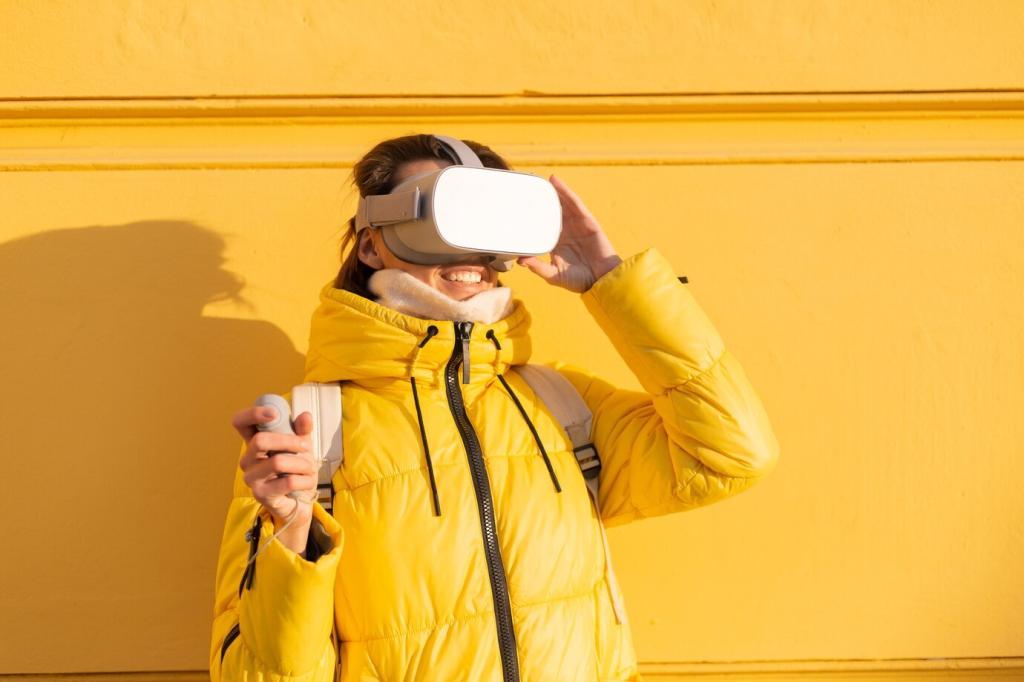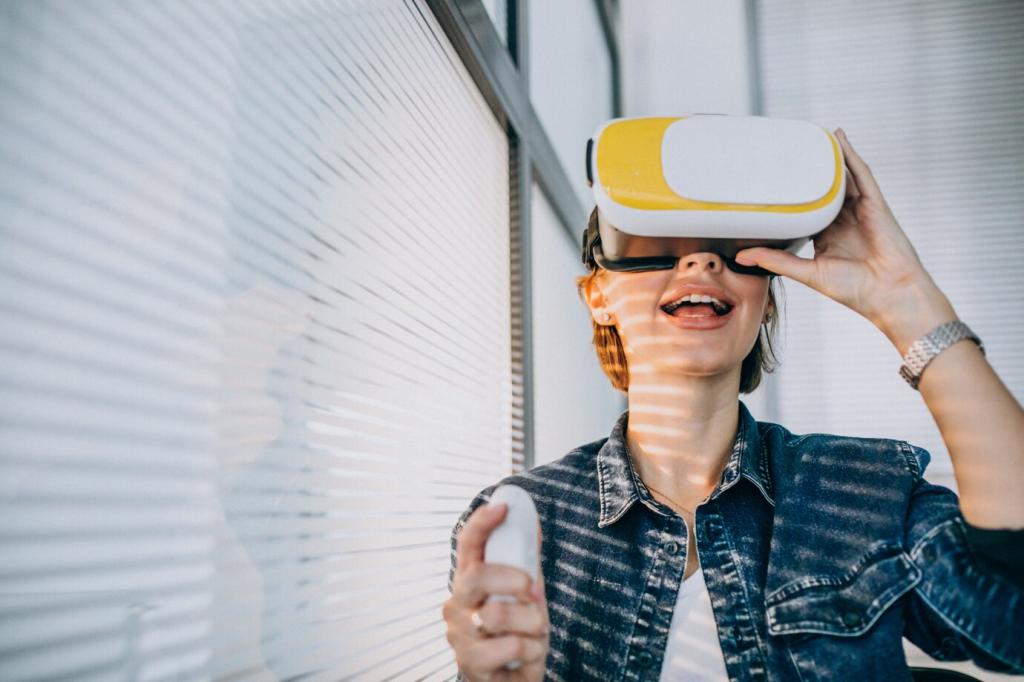
Augmented Reality Transforming Classroom Learning
Augmented Reality (AR) is rapidly revolutionizing classroom learning by superimposing digital information and interactive experiences onto physical environments. This innovative technology has opened new doors for educators and students alike, creating dynamic, immersive, and personalized educational experiences. By leveraging AR, the traditional boundaries of the classroom are being expanded, allowing for deeper engagement, improved understanding, and a more inclusive approach to diverse learning needs. In the sections below, we will explore how AR is transforming every aspect of classroom learning, from student engagement and curriculum design to assessment, accessibility, and beyond.
Previous
Next
Enhanced Student Engagement through Interactivity
In a dynamic AR-enabled classroom, physical textbooks and static materials are augmented with 3D models, animations, and virtual objects that respond to students’ actions in real-time. This transformation enables learners to explore complex concepts hands-on, promoting deeper understanding through experiential learning. Students can, for example, observe the structure of a DNA molecule hovering over their desks, manipulate its components, and see instant feedback on how changes affect biological functions. Such immersive experiences make abstract concepts tangible, fostering enthusiasm and active participation that traditional methods often struggle to achieve.
Immersive Exploration and Visualization
AR enables students to explore environments and scenarios that would otherwise be inaccessible within the classroom, such as the interior of a volcano, the surface of Mars, or a cross-section of the human heart. These virtual journeys offer unprecedented learning opportunities by providing context and perspective that surpass conventional diagrams or photographs. By virtually “stepping into” these environments, students develop a sense of presence and connection, enhancing both curiosity and retention.
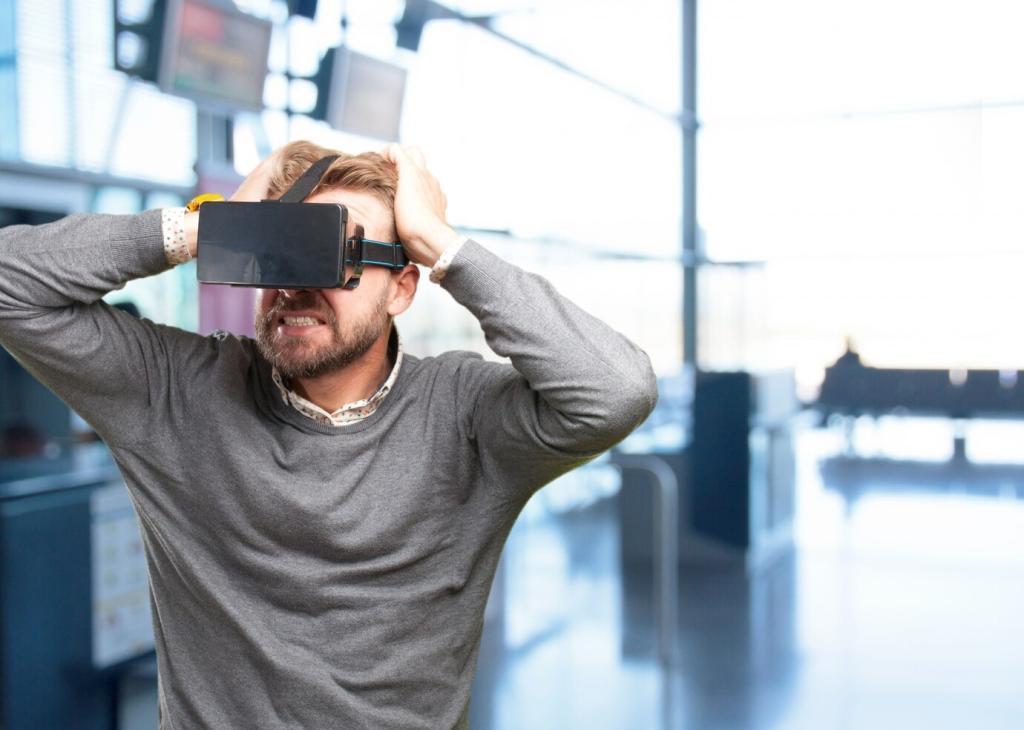
Personalized and Inclusive Learning Experiences
Customizing Pace and Content
AR platforms often allow for self-paced exploration, enabling students to proceed according to their own learning speeds. Teachers can customize the content and scaffold activities based on students’ proficiency levels, ensuring everyone receives instruction tailored to their needs. Differentiated pathways can be embedded into AR lessons, offering additional supports or challenges as appropriate, thus making the classroom more inclusive and empowering learners to take ownership of their progress.
Supporting Diverse Learning Styles
Every student learns differently, and AR’s multimodal approach supports visual, auditory, and kinesthetic learners alike. Visual learners benefit from interactive animations and spatial representations, while auditory learners can access contextual narrations and explanations. Kinesthetic learners, meanwhile, can manipulate objects and interact with the environment physically, enhancing muscle memory and engagement. This flexibility reduces barriers and increases accessibility, ensuring that learning is effective for a wider range of students.
Enabling Special Needs Accommodations
AR provides unique opportunities for supporting students with special educational needs. Text-to-speech, adjustable font sizes, and alternative input methods can be seamlessly integrated into AR experiences. For example, students with visual impairments can use audio descriptions, while those with language difficulties can benefit from multisensory presentations. Teachers can also monitor an individual’s progress and adapt AR activities to specific accommodations, fostering confidence and inclusion within the classroom community.
Collaboration and Social Learning
Shared Augmented Experiences
AR platforms are designed to support shared experiences, allowing students to collaborate on tasks and projects within a unified digital layer. Multiple students can manipulate the same virtual object, participate in team-based challenges, or contribute to a group-augmented mural overlaid on the classroom wall. This collective engagement strengthens social bonds, encourages peer support, and allows for diverse perspectives to be brought together, enriching the learning process.
Enhancing Communication Skills
Collaborative AR activities often require students to communicate observations, strategies, or discoveries as they interact with digital elements. By working in pairs or groups, students practice articulating their ideas, negotiating solutions, and listening to others. Teachers can facilitate discussions and reflective sessions centered on AR experiences, helping students develop both academic language and interpersonal skills that are vital for future success.
Global Connections in Real-Time
AR can transcend geographic boundaries, enabling students to interact with peers and experts from around the world in real-time augmented environments. Virtual exchange programs, collaborative projects, and even remote field trips become possible, exposing learners to diverse cultures and viewpoints. By working together in these global AR platforms, students develop cross-cultural communication skills, broaden their worldviews, and build connections that extend far beyond their local communities.
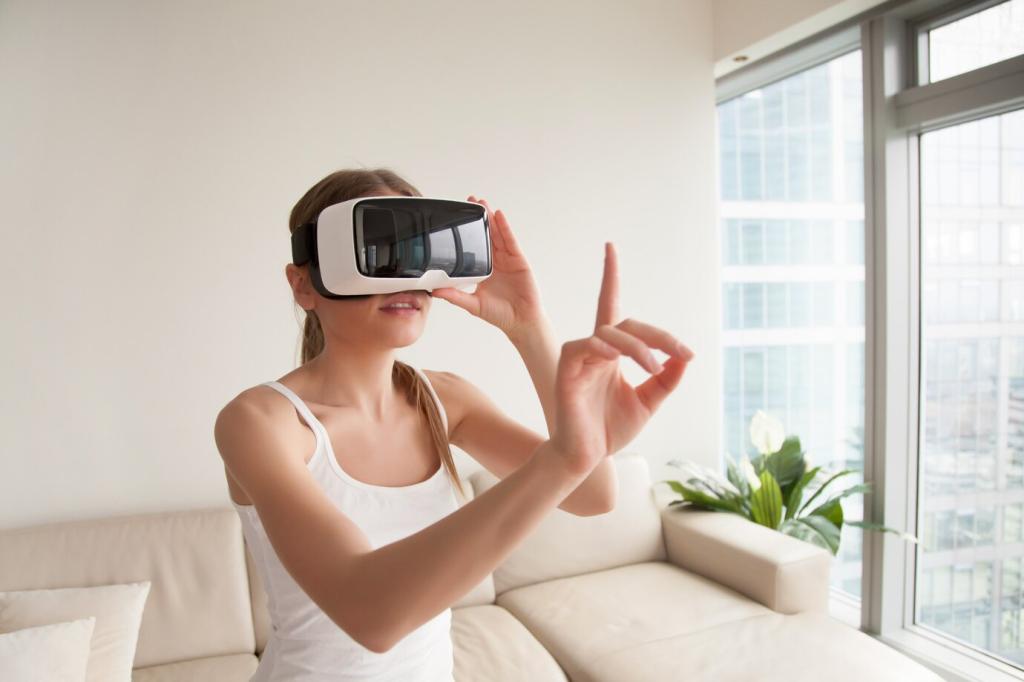
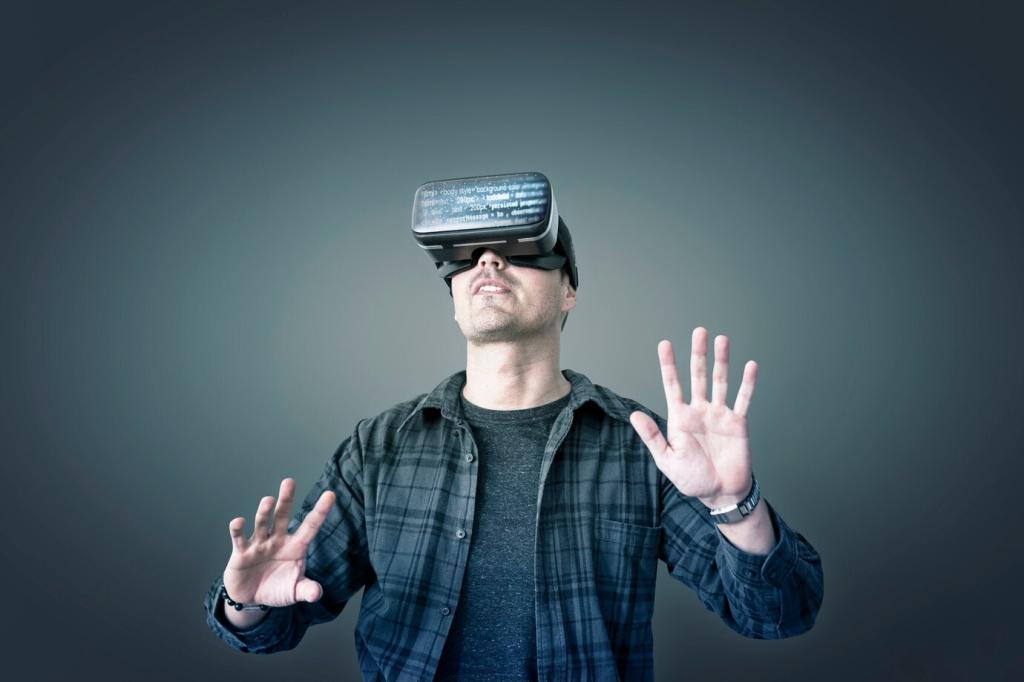
Authentic Performance Assessments
By simulating real-world challenges and situational tasks, AR allows teachers to assess students’ practical understanding and application of knowledge. Rather than relying solely on written tests, educators can create AR-based scenarios where students must solve problems, conduct experiments, or make decisions in realistic contexts. This type of assessment is not only more engaging but also provides a more accurate picture of students’ abilities to transfer learning to real-life situations.
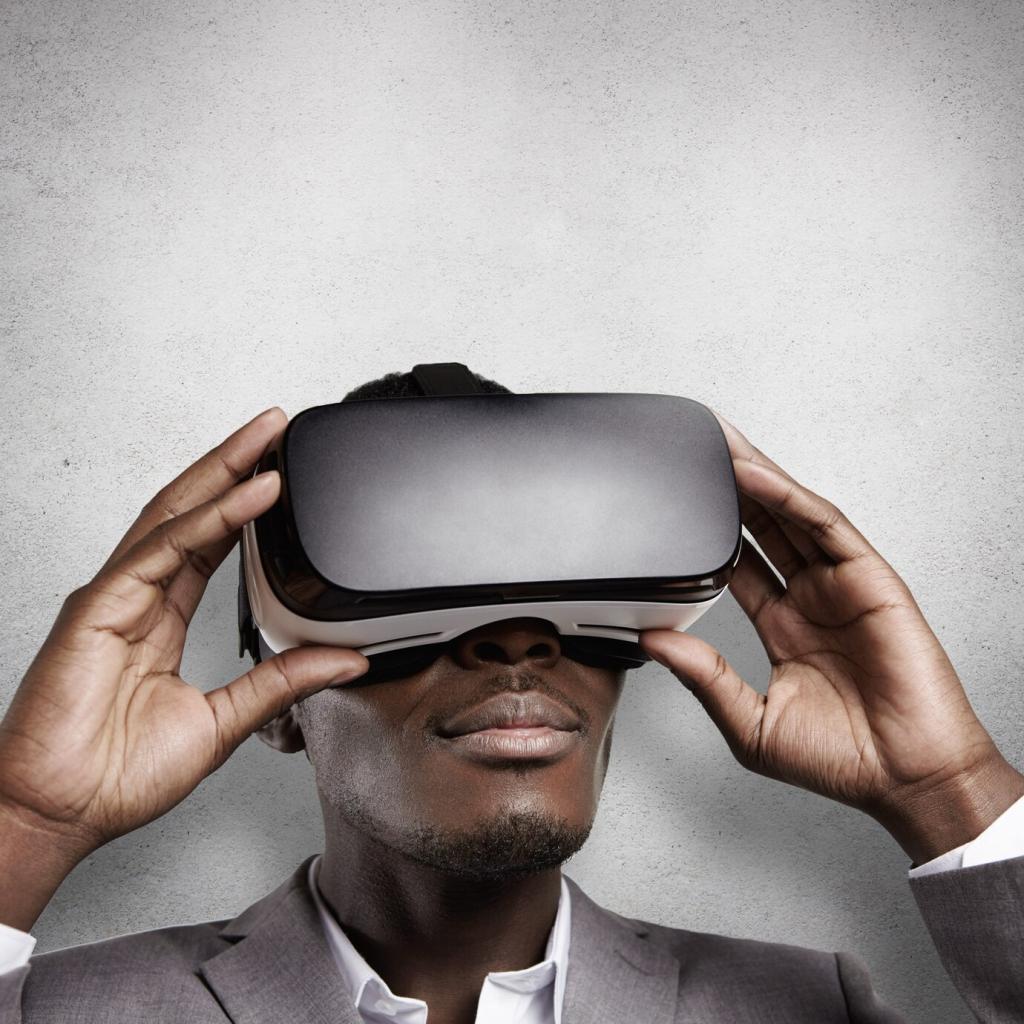
Continual Formative Feedback
Through AR, teachers gain the ability to provide continuous, in-the-moment feedback as students engage in augmented activities. The technology can monitor a student’s interactions, identify strengths and weaknesses, and suggest appropriate next steps instantly. Such rich, timely feedback loops promote mastery learning, allowing misconceptions to be addressed as they arise, fostering iterative improvement, and reducing test anxiety.
Teacher Empowerment and Professional Growth
AR expands teachers’ instructional toolkits by offering new ways to present material, differentiate instruction, and captivate student interest. With user-friendly platforms, educators can easily create and adapt AR content to match curricular goals and student needs. The flexibility to integrate AR into daily lessons encourages experimentation and innovation, inspiring teachers to rethink and refresh their teaching strategies.
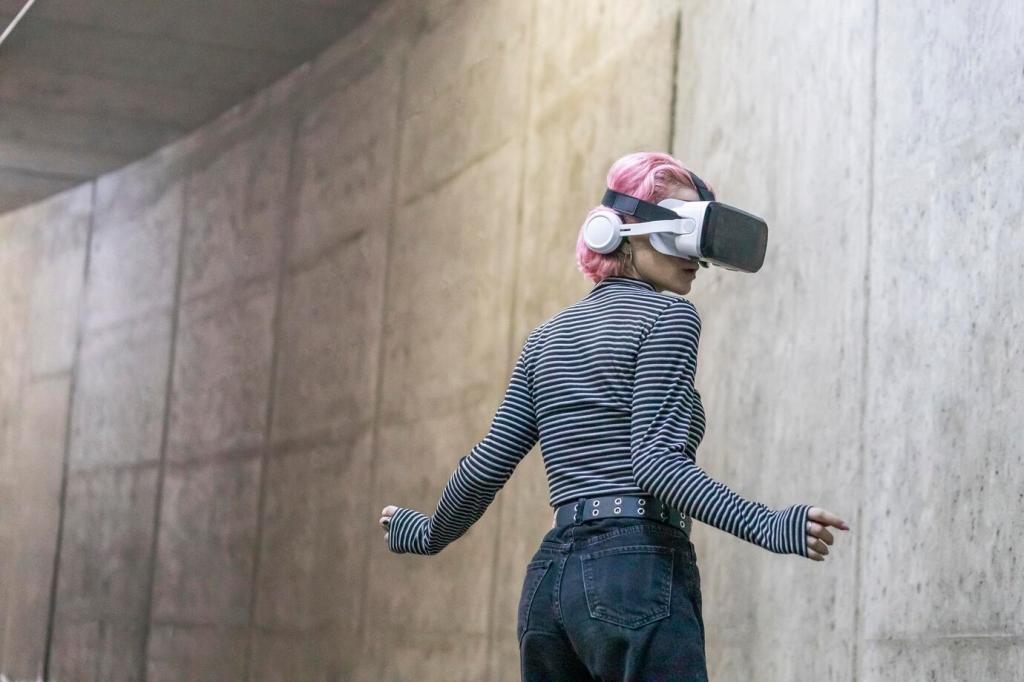
Previous slide
Next slide
